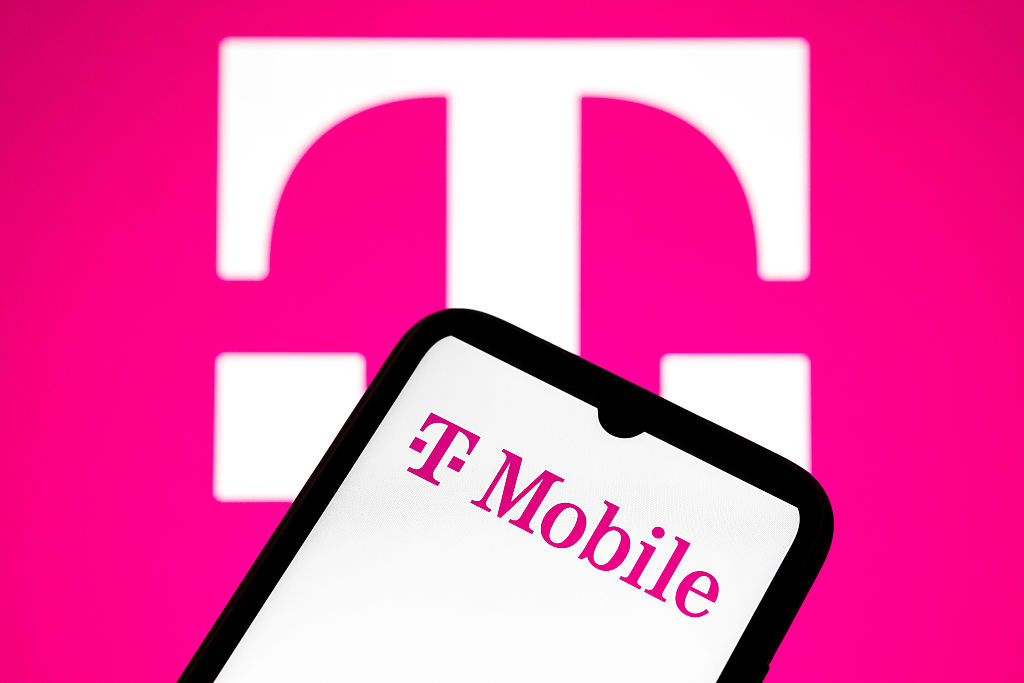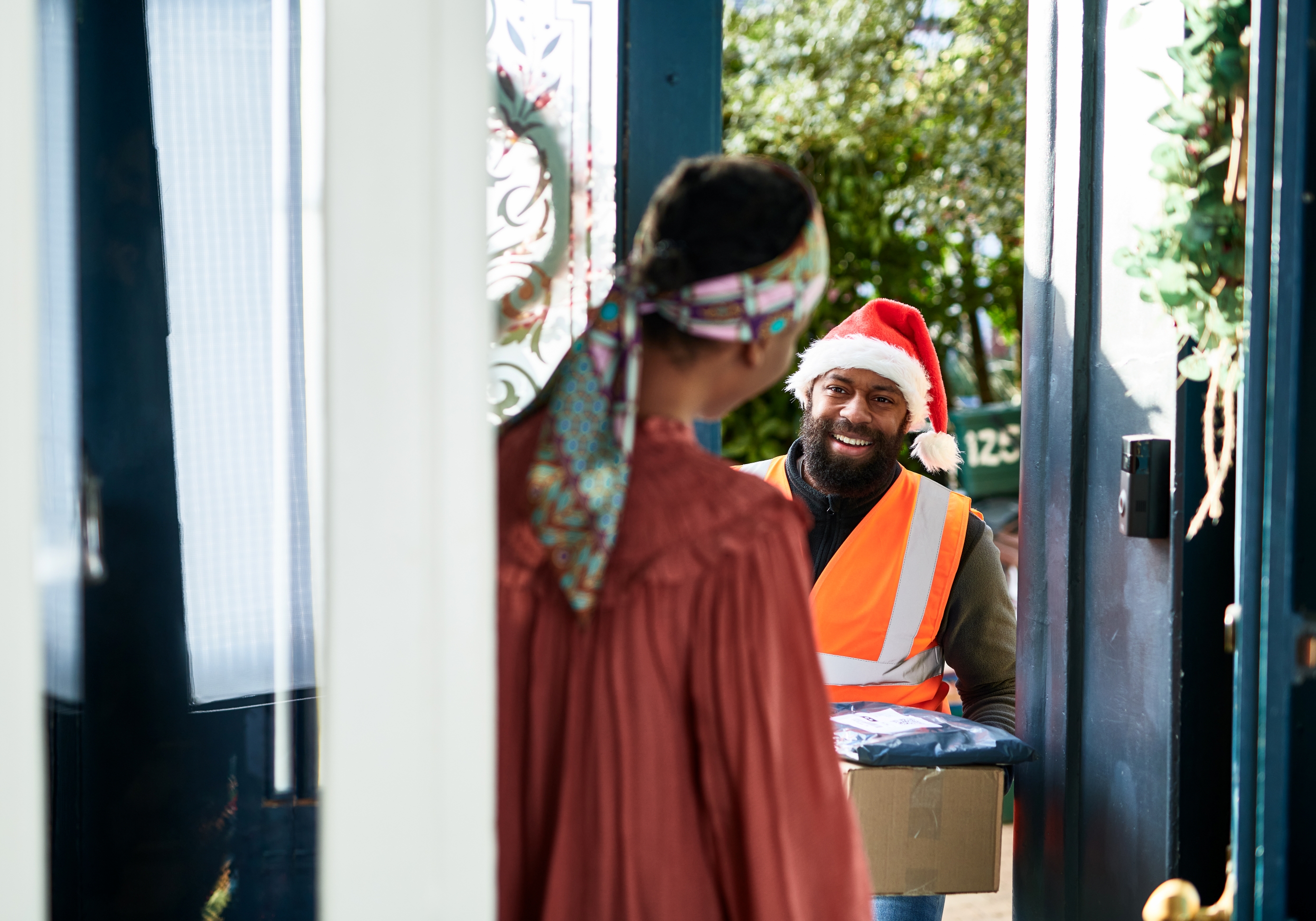Starbucks Is Making Its Stores More Accessible. Here's How.
The coffee chain's move comes at a time when the number of older adults with disabilities is expected to rise.


Washington D.C. is now home to Starbucks' most accessible store yet, and it is laying the groundwork for the chain to have an even more accessible future.
The coffee giant said its newest location, which opened on February 15, is the first of its kind to include a slew of new features and tools to create a more inclusive environment for customers.
As Starbucks noted in a statement, the move comes at a time when about one in four adults in the U.S. has a disability.
From just $107.88 $24.99 for Kiplinger Personal Finance
Become a smarter, better informed investor. Subscribe from just $107.88 $24.99, plus get up to 4 Special Issues

Sign up for Kiplinger’s Free Newsletters
Profit and prosper with the best of expert advice on investing, taxes, retirement, personal finance and more - straight to your e-mail.
Profit and prosper with the best of expert advice - straight to your e-mail.
The number of older adults with disabilities is expected to climb in the next decade as more baby boomers grow older and develop challenges such as difficulty walking, seeing and hearing, according to a January 17 KFF Health News report. The U.S. healthcare system is not prepared to handle the influx, according to the report.
Some companies are beginning to provide more accessibility more broadly. These include AccessibleGO, an accessible travel website that launched a major expansion last month that includes booking equipment rentals, flights, rental cars with hand controls and concierge ride services for wheelchair-accessible vehicles.
But, while more work needs to be done, Starbuck's commitment is certainly a positive sign, said Tony Coelho, a former U.S. congressman and primary author of the Americans with Disabilities Act (ADA), who is quoted in Starbuck's announcement.
"We have to go beyond just what is required to put accessibility and inclusion first to ensure all people feel like they belong in community spaces," he said.
Expanding accessibility features
Under the ADA, restaurants and other public businesses "must provide people with disabilities an equal opportunity to access the goods or services that they offer."
That, however, is often simply not the case, as Maria Town, Maria Town, president and CEO of the non-profit American Association of People with Disabilities (AAPD), told Kiplinger.
"It is good to see retailers making commitments towards accessible and inclusive retail experiences because the reality is, even almost 34 years after its passage, many retailers are not compliant with the Americans with Disabilities Act," she said.
"It is also good to see Starbucks announcing its support of particular policy changes that would advance greater economic mobility and community integration for disabled people," Town said. The presence of accessible and inclusive retail spaces are "less meaningful when systemic ableism in our nation's policies keeps people with disabilities from having disposable income," she added.
Starbucks' new framework
At Starbucks, its store design is a collaboration between customers, partners and accessibility experts, Starbucks said. It will also serves as the blueprint for all future store openings, which will be roughly 600 stores this year, it added.
Plans call for new stores to be open sourced and further developed to help expand accessibility across the retail industry.
New design elements and store features include:
- Portable, adjustable digital menus and order screens that include voice assist, screen magnification and images to make ordering easier in any language.
- Power operated doors.
- Order status screens to assist in informing customers when their orders are ready.
- Updated lighting and acoustics to minimize glare, shadow patterns and sound that can interfere with assistive devices.
- Lower counters to accommodate wheelchair access.
- More accessible pathways into, through and out of the store.
To take a virtual tour of the coffee chain's Washington, DC store built using its inclusive spaces framework, visit the website.
RELATED CONTENT
Profit and prosper with the best of Kiplinger's advice on investing, taxes, retirement, personal finance and much more. Delivered daily. Enter your email in the box and click Sign Me Up.

Jamie Feldman is a journalist, essayist and content creator. After building a byline as a lifestyle editor for HuffPost, her articles and editorials have since appeared in Cosmopolitan, Betches, Nylon, Bustle, Parade, and Well+Good. Her journey out of credit card debt, which she chronicles on TikTok, has amassed a loyal social media following. Her story has been featured in Fortune, Business Insider and on The Today Show, NBC Nightly News, CBS News, and NPR. She is currently producing a podcast on the same topic and living in Brooklyn, New York.
-
 The Retirement Donor's Checklist: Key Deadlines by Gift Type
The Retirement Donor's Checklist: Key Deadlines by Gift TypeRetirees have some charitable contribution options that can help avoid spikes in income from RMDS and capital gains.
-
 Cooler Inflation Supports a Relief Rally: Stock Market Today
Cooler Inflation Supports a Relief Rally: Stock Market TodayInvestors, traders and speculators welcome much-better-than-hoped-for core CPI data on top of optimism-renewing AI earnings.
-
 Are T-Mobile's Prepaid Perks a Home Run or a Strikeout?
Are T-Mobile's Prepaid Perks a Home Run or a Strikeout?T-Mobile's prepaid lineup promises MLB.TV, T-Mobile Tuesdays and hotspot data. But do the perks make it worth switching?
-
 The Retirement Donor's Checklist: Key Deadlines by Gift Type
The Retirement Donor's Checklist: Key Deadlines by Gift TypeRetirees have some charitable contribution options that can help avoid spikes in income from RMDS and capital gains.
-
 The November CPI Report Is Out. Here's What It Means for Rising Prices
The November CPI Report Is Out. Here's What It Means for Rising PricesThe November CPI report came in lighter than expected, but the delayed data give an incomplete picture of inflation, say economists.
-
 Online Banks Still Lead on Rates, But Is Switching Worth it Now?
Online Banks Still Lead on Rates, But Is Switching Worth it Now?As interest rates trend down, online banks keep an edge on yields, but service, access and flexibility still matter. Here’s how the trade-offs stack up.
-
 I'm 73, Retired, and Dreading Winter, But I Can't Afford to Be a Snowbird. Help!
I'm 73, Retired, and Dreading Winter, But I Can't Afford to Be a Snowbird. Help!How can a snowbird wannabe warm up without the expense? We asked professional wealth planners for advice.
-
 5 Smart Things to Do With Your Year-End Bonus, From a Financial Professional
5 Smart Things to Do With Your Year-End Bonus, From a Financial ProfessionalAfter you indulge your urge to splurge on a treat, consider doing adult things with the extra cash, like paying down debt, but also setting up a "fun fund."
-
 Are You a Gen X Investor? Here's How You Can Protect Your Portfolio From an AI Bubble
Are You a Gen X Investor? Here's How You Can Protect Your Portfolio From an AI BubbleAmid talk of an AI bubble, what's the best course of action for investors in their 50s and 60s, whose retirement savings are at risk from major market declines?
-
 Hey, Retirees: Put Your Charitable Gifts in a Donor-Advised Fund (and Enjoy Your Tax Break)
Hey, Retirees: Put Your Charitable Gifts in a Donor-Advised Fund (and Enjoy Your Tax Break)A donor-advised fund is a simple (really!), tax-smart strategy that lets you contribute a large, tax-deductible gift now and then distribute grants over time.
-
 23 Last-Minute Gifts That Still Arrive Before Christmas
23 Last-Minute Gifts That Still Arrive Before ChristmasScrambling to cross those last few names off your list? Here are 23 last-minute gifts that you can still get in time for Christmas.